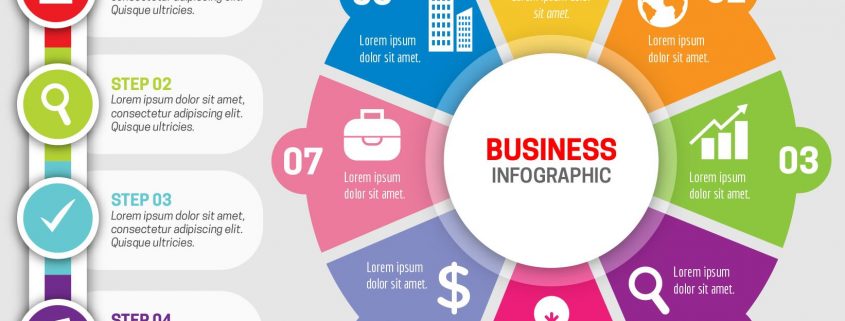Five Tips for Creating Meaningful Infographics – Confessions of an Addict
If you’re reading this article on SocialMediaToday, you probably know far more about the mechanics of creating infographics than I. If you’re reading it on my blog, maybe not. Either way, these tips from an infographics addict could go some distance toward improving the social media landscape. So, without further ado, here are five, by-no-means-exhaustive tips…
- Document your sources. As a professional writer, I have a hard time understanding why people quote facts and figures without documentation. Granted, my college years were spent writing articles, news stories, and research papers, And it doesn’t take long for an English major to learn that failure to document your sources can earn you a failing grade. But as we learn soon after graduation, real life ain’t college. Nope, it’s easier. Out here, people get away with undocumented references all the time. Don’t believe me? Just watch a political debate.
- Choose your illustrations carefully, and label them clearly. Believe it or not, there are commonly accepted practices for organizing information into tables and charts and graphs. Bar charts, for example, should start at zero. (Showing only the top portion of a bar chart may increase dramatic effect, but it’s extremely misleading to the reader.) Percentages are better represented on a pie chart than a table. Bubble charts are wonderful for illustrating set size; but when the bubbles overlap, they become hard to read. And labels are important, too. Few illustrators forget to label something as important as an axis, but it’s surprising how often we forget to note values when using two side-by-side images to explain size (e.g., “this Twitter population is three times larger than that one”).
- Remember that correlation does NOT prove cause-and-effect. If you took statistics in college, you probably know that, but in the social media world, it’s easy to forget. The recently ballyhooed statistic that users of one browser are likely to have a higher IQ than users of another browser, for example, should not imply that low IQ causes people to choose the latter browser, or that users of the latter browser are less intelligent than users of the first. Both conclusions would be silly. The trouble is, by putting statistics into a chart or graph, we make them more compelling, and it is incumbent on the author/designer/publisher of an infographic to challenge the graphic on the message it conveys before it is shared. If a chart or graph might lead a reader to infer something that isn’t true, then it’s not worth publishing, no matter how pretty it is.
- Never repeat information from a secondary source. Of course, that can be a tough rule to follow. But if you find some tasty morsel you really think is worth sharing – and that tasty morsel is from a credible source – then the author should have provided a footnote linking you to the primary citation. If there is no link, then the source is simply unreliable, no matter who the source is. That’s not a criticism of any particular author, it’s simply part of the research definition of “reliable.”
- Vet your work. Let’s face facts. None of us is a good judge of our own work because none of us is truly capable of seeing the world through another’s eyes. No matter how clear we think we’ve been, we can’t always anticipate how others will read what we have written. So it’s always a good idea to have our work critiqued by people unfamiliar with the information we are trying to convey. That is, after all, our intended audience.
“Why all the fuss over infographics,” you ask? It’s as simple as this. As writers or researchers or designers or publishers, our reputations are always on the line. When people view our work, they make judgments about us. When we mislead them, they are likely to consider us deceptive or sloppy or lazy. And no matter which conclusion they draw, the damage to our credibility can be fatal.



